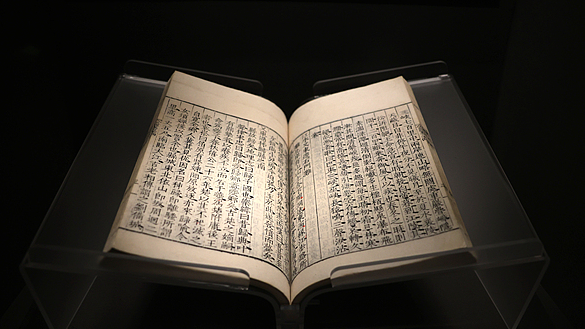Picture yourself tracing riverbanks with a notebook centuries ago. That’s the spirit behind the River Classic, a lean 10,000-character text from the 2nd century AD that cataloged 137 waterways across the Chinese mainland.
Fast forward 400 years, and Li Daoyuan’s Commentary on the River Classic (Shuijing Zhu) arrived, not only safeguarding the original but enriching it with in-depth notes, historical anecdotes, and cultural reflections. What began as terse entries became a panoramic narrative of nature’s force and human curiosity.
Now, as global attention turns to sustainability, Li’s work feels unexpectedly modern. Entrepreneurs and tech enthusiasts across the G20 are deploying big data, AI mapping and IoT sensors to track river health, forecast floods, and fuel conservation—echoing an ancient quest to align society with nature’s rhythms.
For travelers, these historic waterways are immersive classrooms. Kayak the Yangtze on a multi-day eco-tour, join river-cleanup initiatives in Southeast Asia, or follow virtual reality apps that let you explore remote tributaries from your smartphone—keeping Li’s dialogue alive in the digital age.
The River Classic and its commentary remind us that rivers aren’t just natural features—they’re threads weaving together culture, science and sustainability. As the currents of history flow into tomorrow, this ancient guide teaches us to honor the natural world while harnessing technology for real-world impact.
Reference(s):
Commentary on the River Classic: Where water flows through time
cgtn.com


